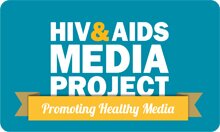You Can Test Negative Once You’ve Tested HIV-Positive
It is possible to get a negative test result after testing positive. But this does not mean that the person is HIV negative. Whilst a test might not have detected the virus, it is unquestionably still in the person’s system.
Testing negative after testing positive can be the result of a number of factors.
First, it is important to understand that most HIV tests do not actually test for the virus itself but instead detect antibodies – the “soldiers” a human immune system produces to fight the virus. If a person has not been infected for very long there are little or no antibodies in their system. It can take anywhere from three weeks to six months for the immune system to produce them. The period where HIV infection is undetectable is called the ‘window period’.
Other tests measure the amount of HIV in the body’s system rather than the HIV antibodies. The viral load in the body spikes in the first three to twelve weeks of infection, this is when an HIV-positive person is most likely to infect a sexual partner.
A negative result may also be the result of ART (anti-retroviral treatment) which reduces the amount of HIV in the body.
Absence of antibodies in the ‘window period’ of HIV infection and successful treatment can render HIV undetectable.
It is possible for an individual to test positive for HIV even though they are, in reality HIV-negative. However this may only occur in certain cases such as if the person has been the subject of an HIV vaccine trial and therefore has HIV antibodies in their system.
Positive tests are always followed up with a second test in order to confirm the positive result.

